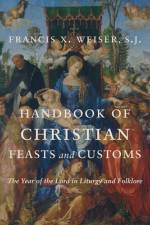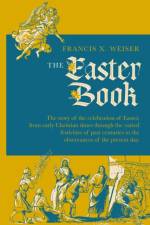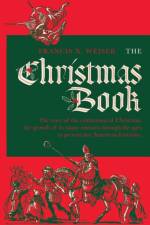av Francis X Weiser
599,-
The Church's Liturgical Year reflects the fullness of Divine Revelation. In the various celebrations and commemorations of the Year of the Lord, the Church recalls the mysteries of faith: the Incarnation of God's only-begotten son, his passion, death, and resurrection which won redemption for mankind, and his institution of the sacraments and founding of his Church for the salvation of souls. Handbook of Christian Feasts and Customs, first published in 1958, is a masterful summary of the origin, history, development, and observance of the events on the Christian calendar as they developed to the mid-twentieth century. With warmth, wit, and due reverence, Francis X. Weiser, S.J., presents the liturgical and devotional aspects and the cultural expressions-the food and drink, music and dancing, and more-found in these salvific occasions. Set in three parts, the study progresses through the temporal rhythm of the seasons (Sundays and weekdays), the recollection of Christ's redeeming work (Advent and Christmas, Lent and Easter, Pentecost and Corpus Christi), and the jubilation over the fruits of that work (the Blessed Mother and the angels and saints).An easily accessible and richly detailed guide to the holy-days and celebrations of the Christian liturgical year, Handbook of Christian Feasts and Customs remains true to its testament as "a key to a devout and meaningful observance of the Year of the Lord."



